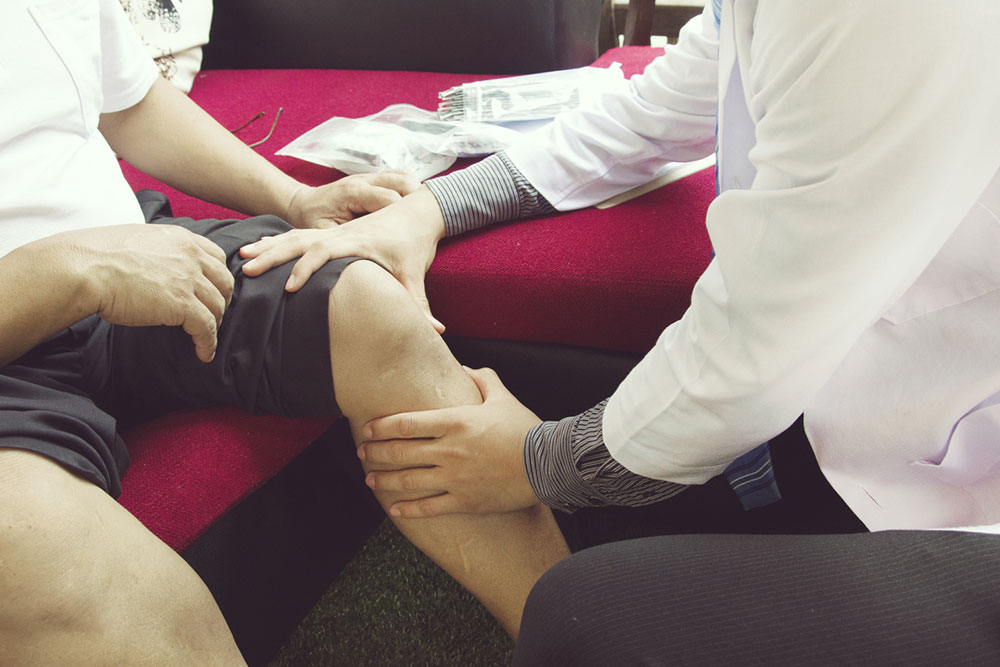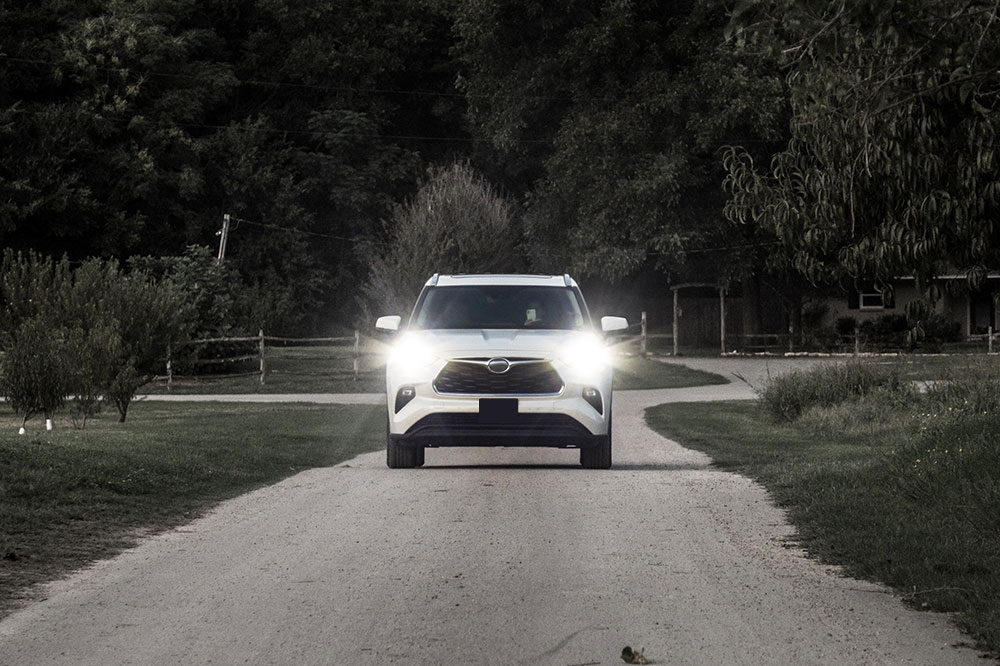9 early osteoporosis signs that shouldn’t be ignored

The bones are the structural blocks of the body because they give it its shape and structure. With osteoporosis, the bones become progressively weak and brittle, so much so that even slight movements can result in an injury. Also, mobility is often affected, so moving about even within the home becomes difficult. However, by detecting osteoporosis early, one can control its symptoms with treatment. Here are some early signs of osteoporosis one shouldn’t ignore:
1. Severe back pain
Like the other bones, the spine may also weaken as osteoporosis progresses. A collapsed or broken spine can lead to excruciating back pain, which can worsen with activity or even slight movements.
2. Loss of height
Many people with osteoporosis develop a hunched back because the bones in the spine become so weak that they begin to crumble. This can make one appear shorter in stature than they are.
3. High susceptibility to fractures
Bone brittleness is a common sign of osteoporosis, wherein bones may break even with the slightest movement or activity. In this scenario, injuries are prevalent, and patients may easily develop fractures as a result. So, if one gets frequent fractures, even with the most basic movements, it is time to consult a doctor.
4. Shortness of breath
In some cases of osteoporosis, the spinal muscles compress so much that they hamper lung functioning. Patients with compressed spinal muscles may suffer from shortness of breath and similar breathing difficulties.
5. Receding gums
The teeth can also be severely affected by osteoporosis, mainly because the jawbones weaken with time. This causes tooth loss, receding gums, and other periodontal diseases. So, people with receding gums who are also facing other osteoporosis symptoms should consult an orthopedist as soon as possible.
6. Weak grip
Loss of bone density tends to weaken one’s grip, so people with osteoporosis may find it challenging to carry out fine motor activities like writing, stitching, and painting. Holding on to objects for a long time may also become difficult.
7. Weak fingernails
Often, with osteoporosis, one’s fingernails become brittle, a sign of less calcium in the body. Since less calcium causes osteoporosis, weak fingernails and other osteoporosis signs can be disease symptoms.
8. Neck pain
Neck pain usually follows wherever there is back pain involved. So, many patients with osteoporosis experience severe neck pain, which worsens with time.
9. Loss of appetite
Changes in posture also affect the abdomen, causing abdominal organs to become more cramped than usual. As a result, one may experience a loss of appetite or major changes in one’s food routine.
Lifestyle and nutrition tips for osteoporosis
Here are a few tips for those with osteoporosis to follow:
1. Eat calcium-dense foods
The most obvious way to address osteoporosis from the root is to have more calcium-rich foods, including dairy, eggs, seeds, yogurt, beans, almonds, and sardines. These foods can replenish the body with calcium, which can improve bone health.
2. Get daily sun exposure
To absorb calcium, one needs adequate vitamin D. Sunlight is the best source of vitamin D. So, it’s a good idea to bask in the sun, especially in the mornings or evenings, to get enough vitamin D.
3. Avoid salty foods
If the body has excess sodium, calcium levels can get depleted. One should avoid salty, processed foods like fries and wafers to avoid this scenario.










